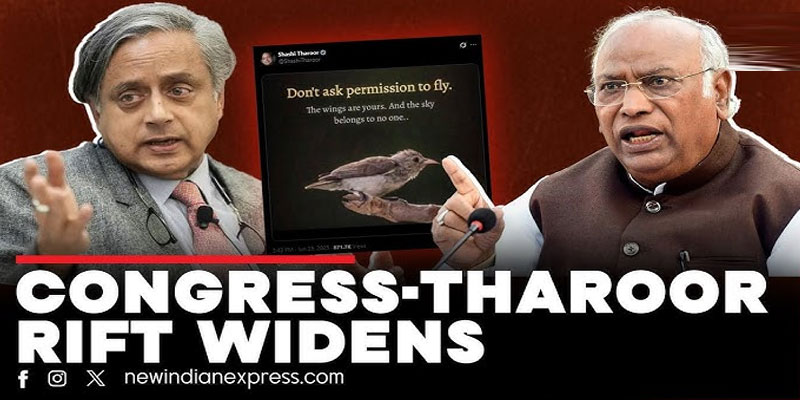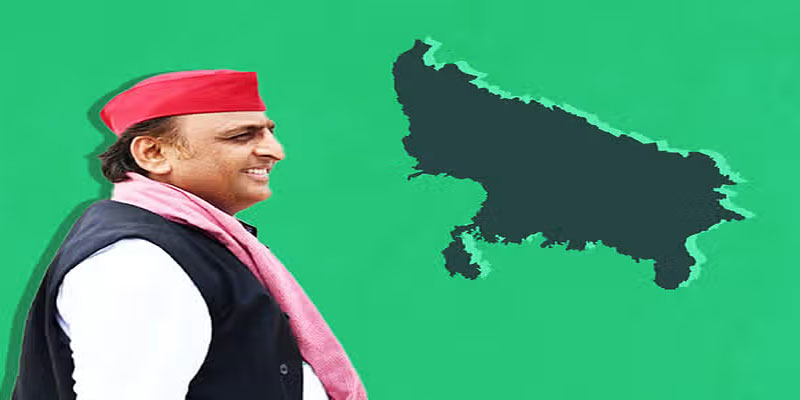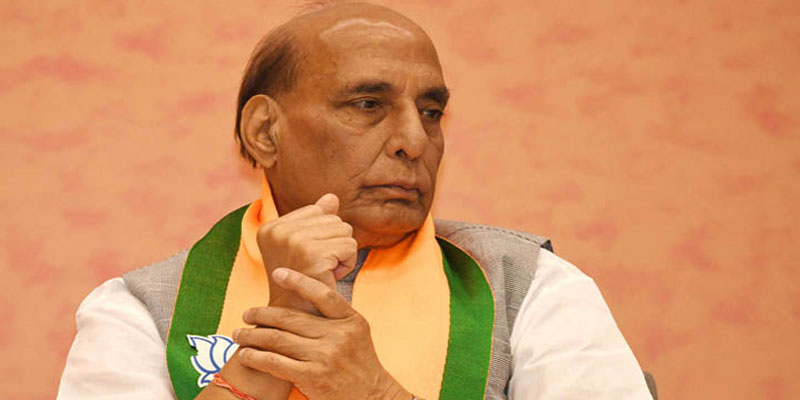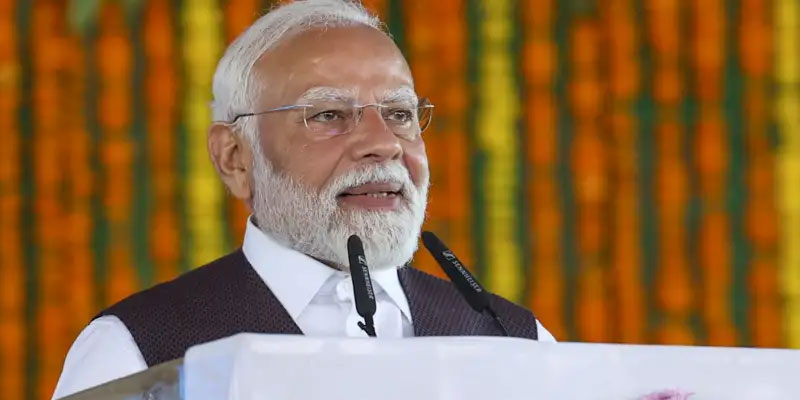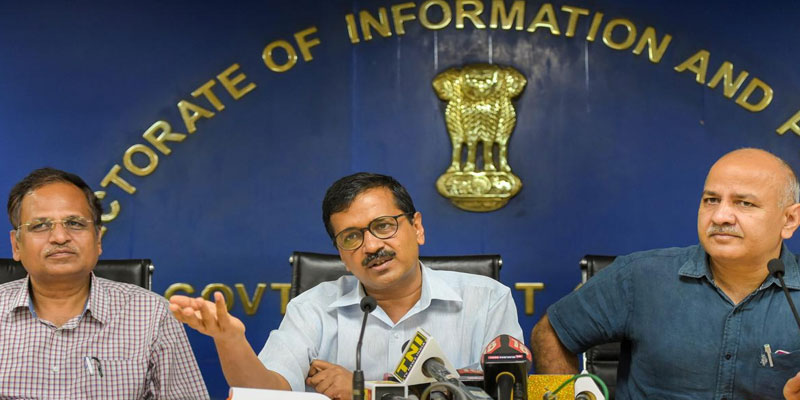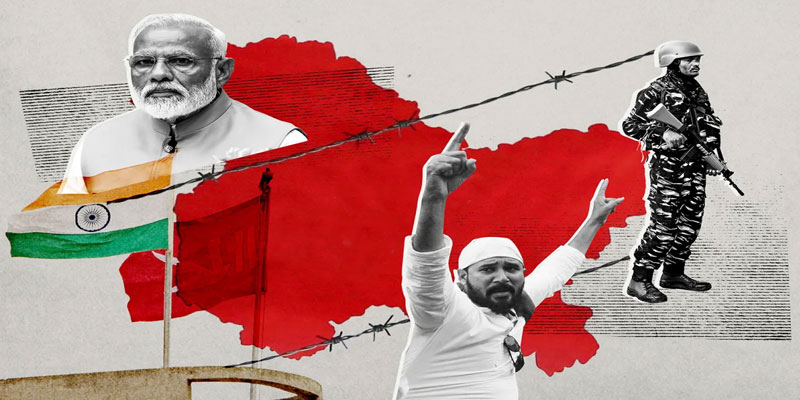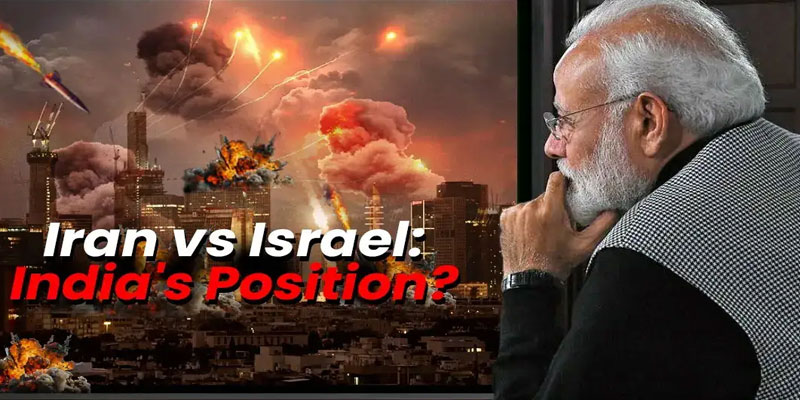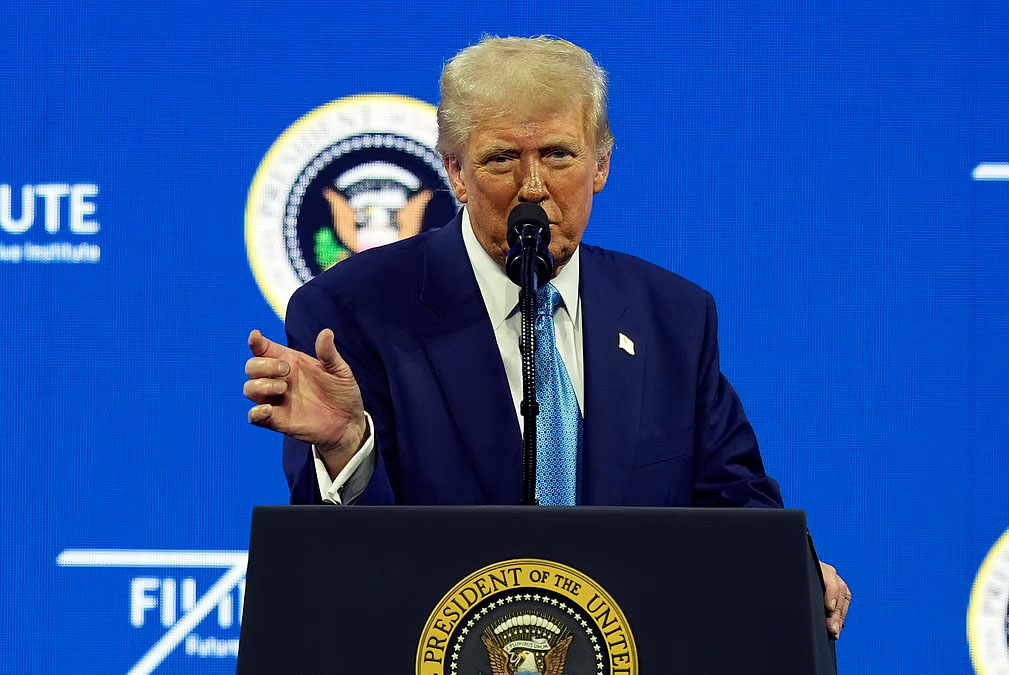Sarma Silences Pakistan’s Brahmaputra Hype: “It’s India’s River, not a Threat”
In a sharp and fact-based response, Assam Chief Minister Himanta Biswa Sarma has dismissed Pakistan’s fear-mongering over the Brahmaputra River as a baseless narrative aimed at creating panic. His comments came after a viral post circulated online, posing the alarmist question: “What if China stops the Brahmaputra’s water to India?”
Sarma rebuffed the speculation, stating that Pakistan—long shielded by the Indus Waters Treaty—is now panicking as India begins to assert its rightful control over water sovereignty. He called for clarity over chaos, asserting that India’s stake in the Brahmaputra is both dominant and resilient.
What Did Pakistan Say?
Following India’s decision to suspend the Indus Waters Treaty in April—citing Pakistan’s role in the Pahalgam terror attack—Islamabad has intensified its rhetoric. Pakistani Army Chief Asim Munir called water “Pakistan’s red line” and warned that it would not tolerate any compromise on its rights. In this backdrop, Pakistani commentators floated the hypothetical fear of China weaponizing water by cutting off Brahmaputra flow to India.
This narrative, however, collapses under scrutiny.
Understanding the Brahmaputra River System
The Brahmaputra originates in Tibet (as the Yarlung Tsangpo), briefly flows through China, and then enters India through Arunachal Pradesh, where it takes the name Siang, eventually becoming the Brahmaputra in Assam. It then moves into Bangladesh, where it merges with the Ganges and flows into the Bay of Bengal.
Critically, only 30–35% of the river’s annual water volume comes from upstream Tibetan sources—mostly from glacial melt and sparse Tibetan rainfall. The bulk—65–70%—is generated within India, thanks to heavy monsoon rainfall and multiple tributaries.
Sarma’s Fact-Based Rebuttal: A River That Grows in India
Sarma laid out a compelling case based on hydrology and ground realities:
· Indian rainfall and tributaries like the Subansiri, Lohit, Kameng, Manas, and Dhansiri contribute significantly to the river’s volume.
· Rainwater runoff from the Khasi, Garo, and Jaintia Hills also strengthens the river.
· At the Indo-China border (Tuting), Brahmaputra’s flow is around 2,000–3,000 cubic meters per second (m³/s), but swells to 15,000–20,000 m³/s by the time it reaches Assam during monsoon.
Sarma emphasized: “The Brahmaputra is not a river India depends on upstream. It is a rain-fed Indian river system, strengthened after entering Indian territory.”
“Even Reduced Flow Could Help Assam”
In a surprising twist, Sarma argued that even in the unlikely scenario of China reducing water flow, India may benefit, particularly Assam. Seasonal floods caused by overflowing rivers displace lakhs and damage infrastructure. A lower upstream flow could help mitigate the devastating floods, offering a silver lining in a worst-case scenario.
He also pointed out that China has never officially threatened to cut off the river’s flow—making the current fears pure conjecture.
A Broader Message: India Reclaiming Water Sovereignty
Sarma linked the scare narrative to Pakistan’s discomfort over India suspending the Indus Waters Treaty—a 1960 agreement that gave Pakistan favourable access to water from Indian rivers. For over seven decades, Pakistan enjoyed preferential treatment, and now finds itself vulnerable as India signals strategic assertiveness.
“Pakistan—having exploited the Indus Waters Treaty for 74 years—is now panicking,” Sarma said. He concluded with a powerful assertion:
“The Brahmaputra is not controlled by a single source — it is powered by our geography, our monsoon, and our civilisational resilience.”
Water Diplomacy Must Be Rooted in Reality, Not Rhetoric
Himanta Biswa Sarma’s rebuttal offers a lesson in fact-based governance and national clarity. His dismantling of the fear-driven narrative underscores that India’s control over the Brahmaputra is secure and self-reliant. While water can be a sensitive geopolitical issue, propagating myths for political leverage only breeds instability.
India’s current stance signals a more assertive and rational approach to water diplomacy—rooted not in aggression, but in science, sovereignty, and strategic balance.
(With agency inputs)




